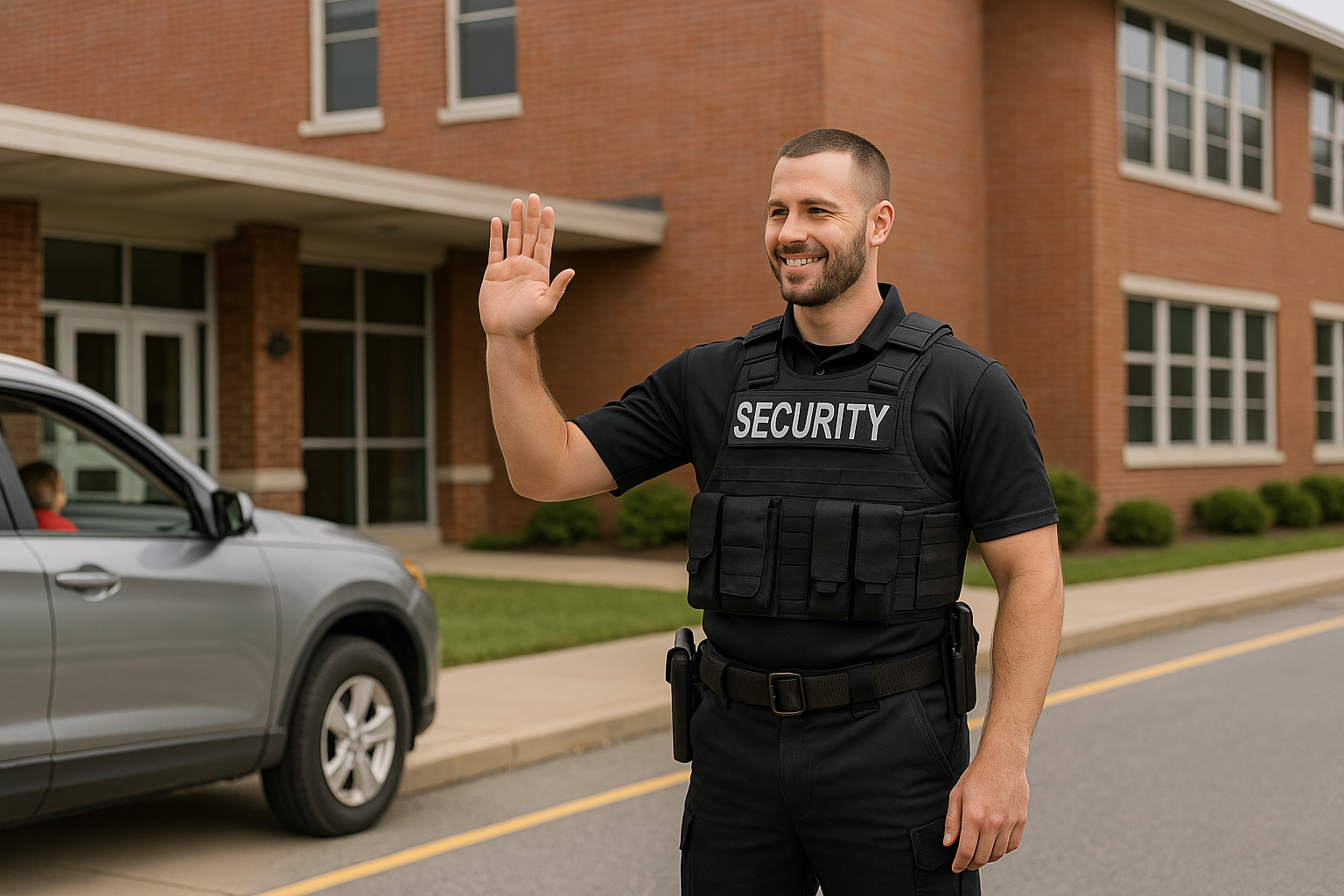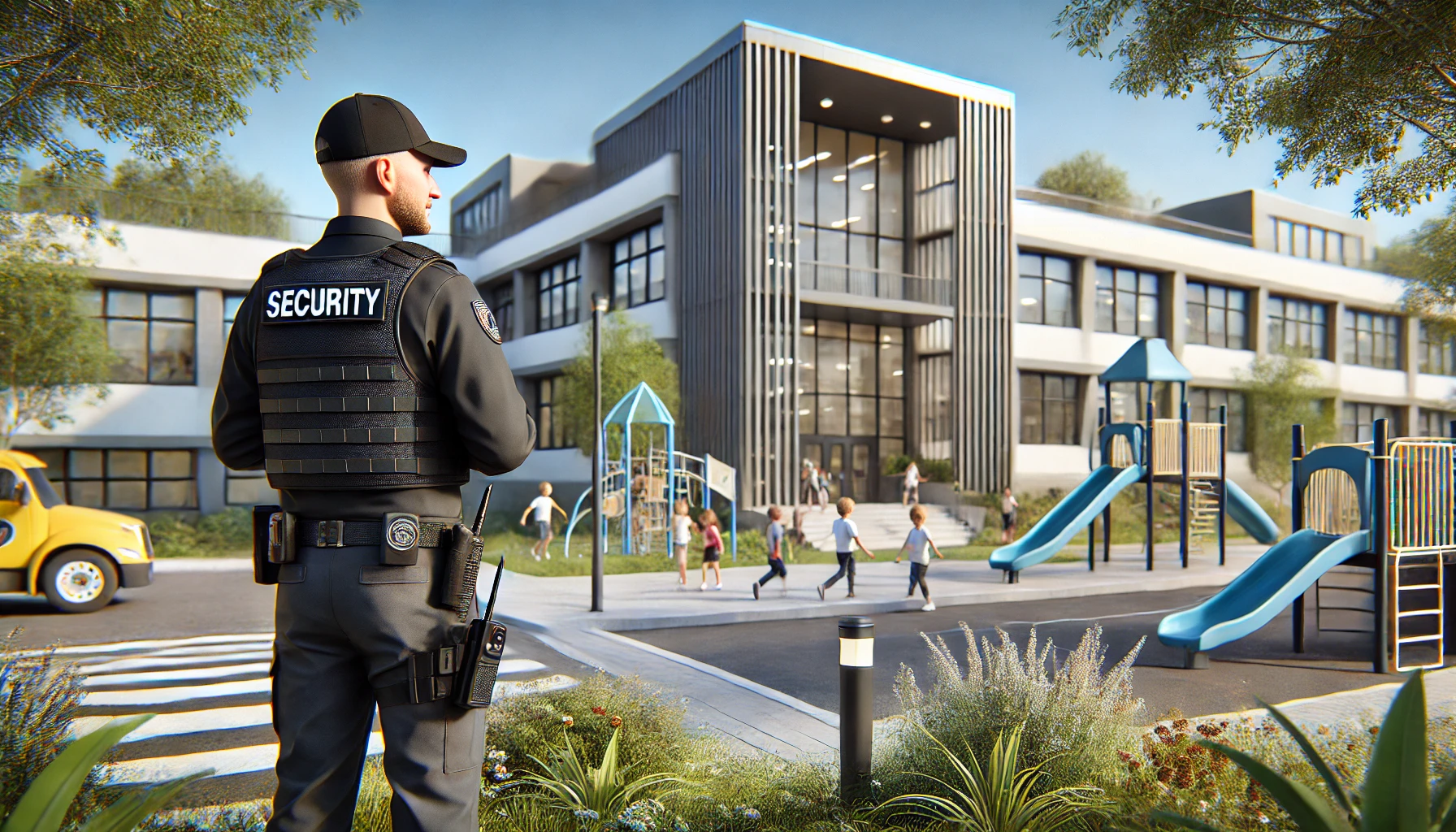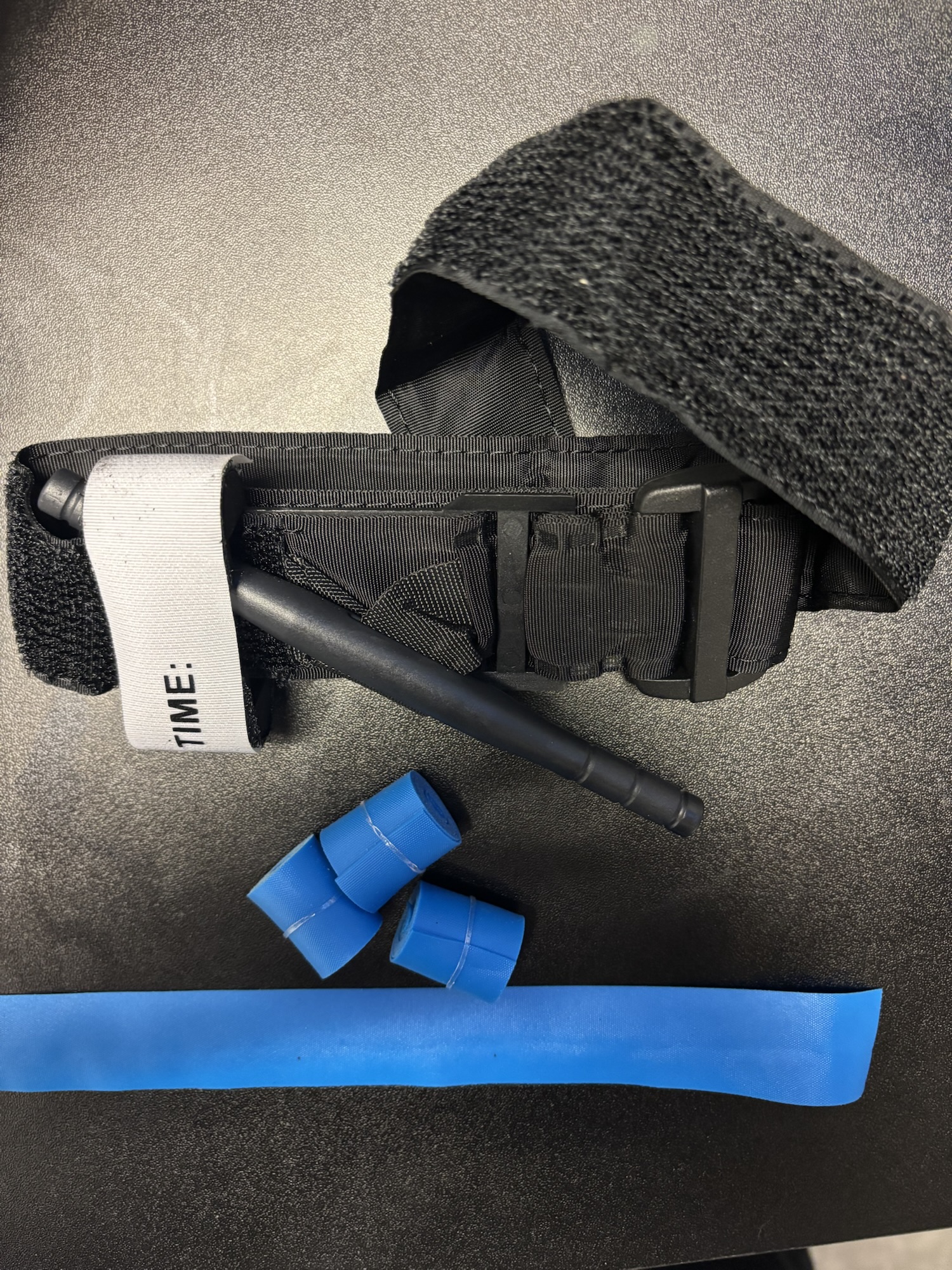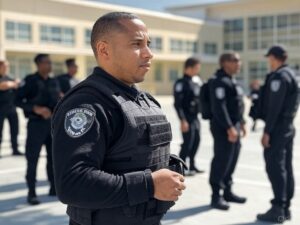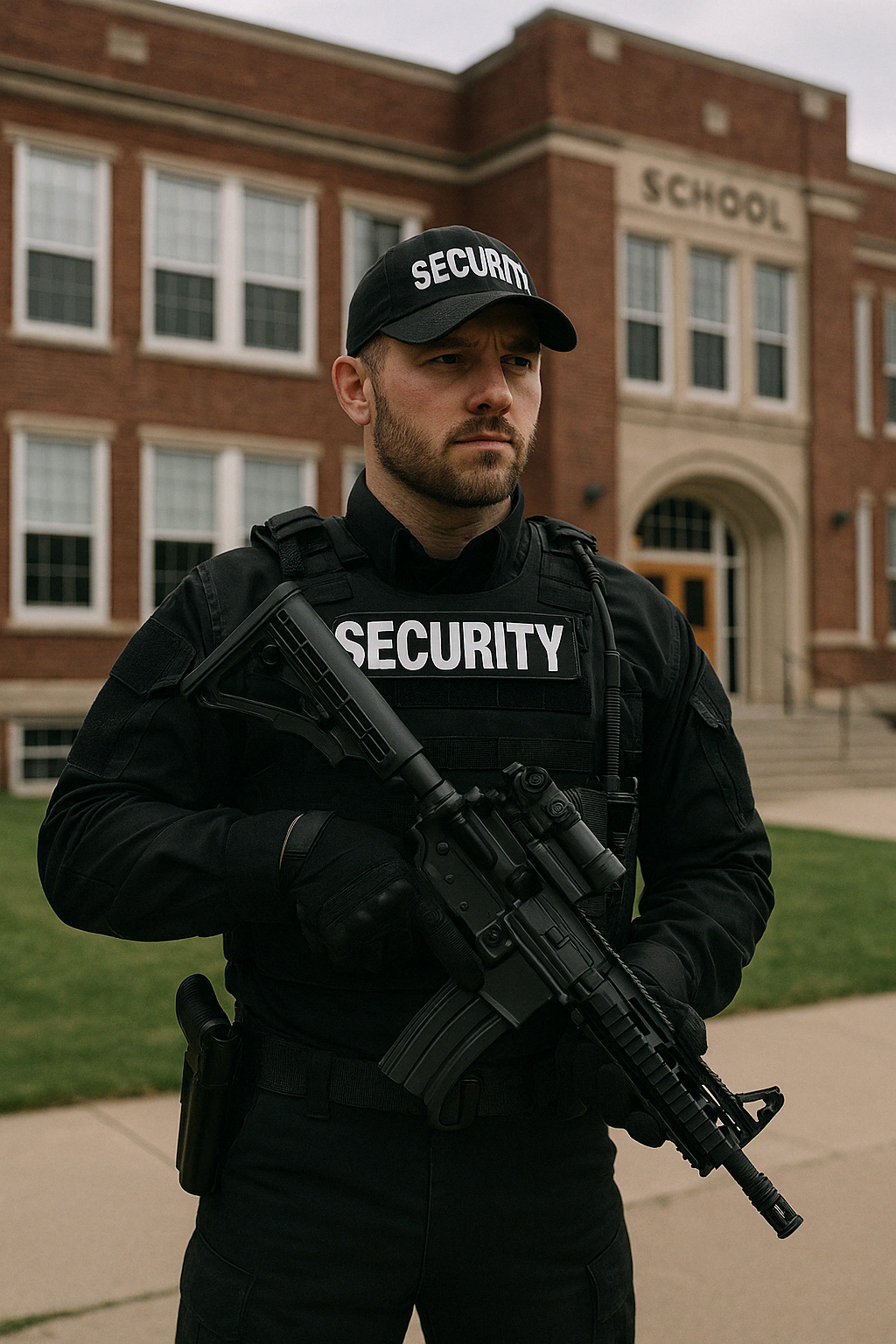
School security in America is at a crossroads. The threats we face today are not the same as they were five, ten, or twenty years ago—and our training methods must evolve to reflect that reality.
While headlines often focus on lone gunmen or angry students, the next major school security threat could come in the form of a coordinated terrorist attack, involving multiple well-trained actors with superior weapons, tactics, and intent.
If we are serious about reaching gold standard school security, we must shift from reactive checklists and one-size-fits-all drills to intelligence-informed, scenario-based training.
Why Scenario-Based Training Is the Future of School Security
The most effective school security training doesn’t come from a classroom or a handbook—it comes from realistic, scenario-driven simulations that reflect the diverse threats schools could face.
Scenario-based training:
Builds muscle memory for guards, staff, and administrators. Exposes gaps in communication and response times. Enhances coordination between school security and local first responders. Allows teams to respond more effectively under pressure.
Most importantly, scenario-based drills prepare you to face different types of attackers—because not all threats are equal.
Lone Gunman vs. Coordinated Terrorist Attack: Train for Both
It’s one thing to train for a single active shooter on campus. It’s another to respond to multiple, heavily armed assailants entering your school from different directions.
Consider the following examples:
1. Beslan School Massacre (2004)
While this started with a hostage situation, the attack was carried out by a group of Chechen terrorists. Over 330 people were killed—many of them children—after a multi-day standoff. Schools must not overlook the hybrid nature of some attacks, which begin with deception or hostage-taking before escalating into mass violence.
2. Mumbai, India (2008)
Ten terrorists struck across multiple locations, including hotels, a train station, and a Jewish school. Their tactics overwhelmed unprepared local forces and caused chaos. The lesson: even professional law enforcement agencies can be outmatched without the right training and communication.
Why Local Law Enforcement Partnerships Are Non-Negotiable
If your school security team isn’t training with your local police or sheriff’s office, you’re missing a critical link in the response chain.
These partnerships should include:
Joint active shooter drills with law enforcement. Scenario-based simulations involving multiple attackers. Communication drills using shared radio channels or command protocols. Threat intelligence briefings from local, state, and federal sources.
This kind of collaboration ensures faster, more effective responses—and builds relationships that could save lives.
Learn from the Experts Who Have Seen the Threat Evolve
There are leaders in the field who have seen firsthand the kinds of threats America may soon face:
Scott Mann, retired Green Beret and founder of Task Force Pineapple, has spoken extensively about the vulnerabilities in our school systems and what it takes to counter coordinated, well-trained adversaries. Sarah Adams, former CIA analyst and counterterrorism expert, has warned that the U.S. is a soft target—especially our schools and houses of worship.
By listening to voices like these, school security professionals can get ahead of the threat curve, not wait until it’s too late.
The Truth: Most Schools Are Not Prepared
Let’s be honest. Most schools:
Have limited training budgets. Conduct one or two active shooter drills a year, often with minimal realism. Don’t consider the threat of terrorism or well-coordinated attacks. Rely on outdated protocols and assume “it won’t happen here.”
But we’ve seen time and again that when tragedy strikes, it’s often in places that thought they were safe.
You must train for the threats you’re not ready for—before they show up at your door.
Steps to Upgrade Your School Security Program
If you want to implement gold standard school security, start here:
Conduct a threat surface evaluation: Identify all possible vulnerabilities—physical, digital, human. Implement scenario-based training: Include simulations for both lone attackers and multi-threat terrorist events. Engage with law enforcement and first responders: Build partnerships, train together, and share intel. Audit your emergency communication systems: Radios, alert apps, intercoms, and reunification protocols must be fast and foolproof. Incorporate insights from security experts: Follow leaders like Scott Mann and Sarah Adams to stay informed about emerging threats.
Final Word: If You Don’t Train for It, You’re Not Ready
School security is not about fear—it’s about readiness.
Don’t wait for a tragedy to reveal the gaps in your plan. Don’t assume that yesterday’s training is enough for tomorrow’s threat.
Invest in scenario-based training. Involve your police and sheriff’s departments. Prepare for the worst, so you can protect the best—your students, staff, and school community.
